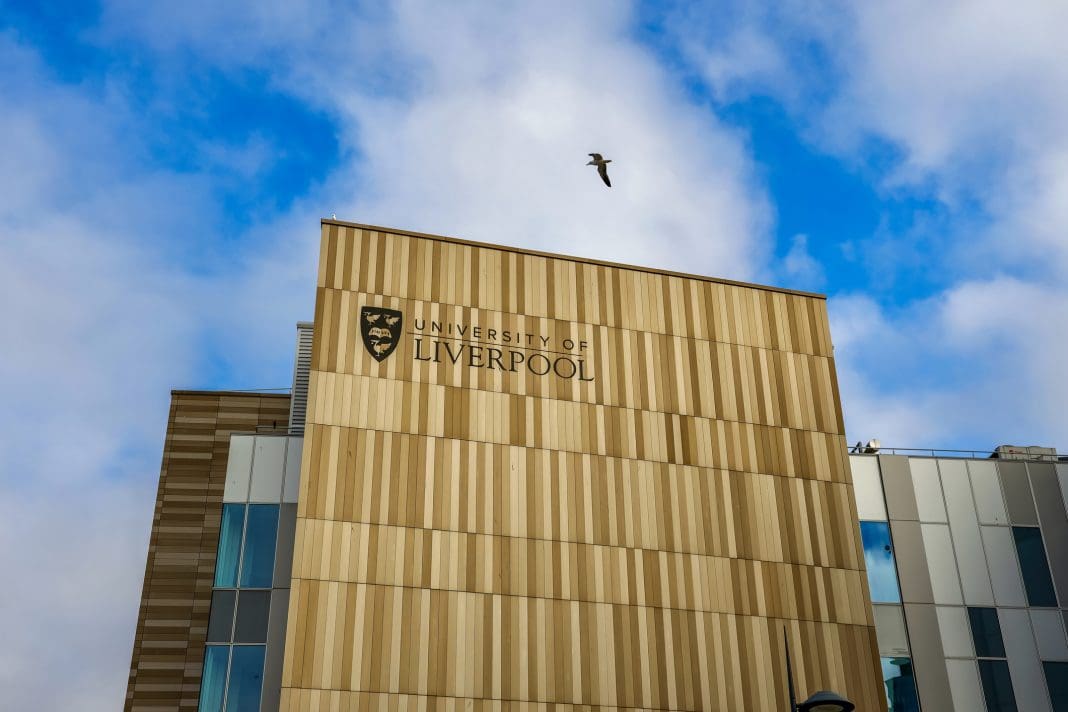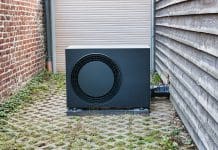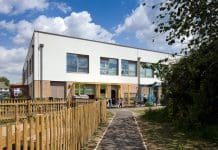In a joint study with the University of Liverpool, IES found that digital twin technology was able to reduce energy consumption by nearly a quarter and make operation cost savings of £25,000
Glasgow-based climate technology firm, IES, partnered with the university to evaluate in real-time the impact and potential energy consumption reductions of an ongoing HVAC refurbishment project for one of its campus buildings.
The IES Live tool connects live operational data from a building to a calibrated digital twin. Aimed at facilities managers, it equips teams with a single pane view of live operational performance metrics via the cloud.
The digital twin technology was used to test refurbishment scenarios
The digital twin was used to test which refurbishment method would be most effective in generating energy, carbon, and cost savings.
Once the selected improvements had been made to the building, the digital twin was upgraded by connecting live data from the BMS and energy meters, enabling the model to be calibrated to match measured data on an hourly basis.
The updated model highlighted additional interventions to optimise operational performance and move towards decarbonisation.
Tracking energy consumption and predicting problems
The university’s facilities management team is now using this operational performance digital twin to continually monitor and improve the building. Benchmarking against the simulated baseline, the university can track performance and gain improvement insights for energy, carbon, and comfort. Additionally, the ongoing impact of the refurbishment can be measured and verified.
The live feature also helps to prevent operational drift, whereby the performance of building systems degrades over time, as any issues will be flagged and can be fixed before they begin to have an impact.
The university plans to replicate the scheme across three more campus buildings
Valeria Ferrando, associate director at IES, said: “Improving the operation of buildings is key to mitigating energy and climate risk, cutting costs and emissions, meeting sustainability objectives and increasing resilience, not to mention being a vital part of a successful net zero strategy.
“It’s been a pleasure to work with the University of Liverpool to pilot IES Live and enable them to evaluate the effectiveness of their retrofit measures, verify predicted results and allow informed decisions to be made on building improvements. We look forward to replicating the work across the campus.”
Tony Small, head of engineering services at the University of Liverpool said: “Working with IES on this project has given us detailed insight into the impact of our refurbishment work and will enable us to continually monitor and update our operational systems to ensure that the building is operating efficiently.
“With building use, occupants and settings altering frequently, having access to this level of data means we can make informed decisions on improvements and ensure optimum performance doesn’t come at the expense of occupant comfort.”














